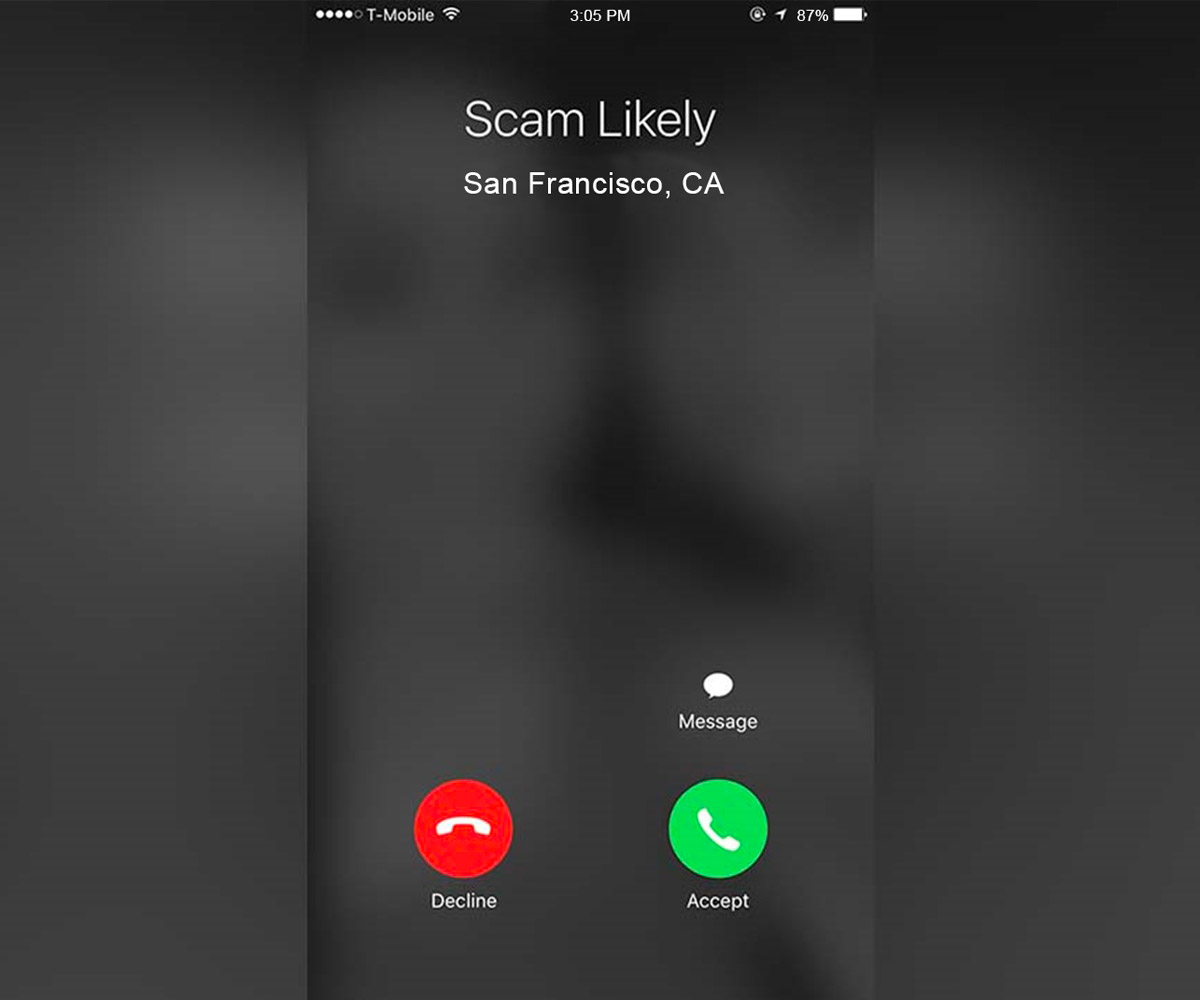Legitimate calls yet flagged as scam
Carriers are taking an aggressive stance to eliminate robocalls. While that is helpful when calls are truly scam, it is a problem for businesses who are having their legitimate phone numbers and calls marked as “Spam Likely, “Scam Likely” or “Spam Risk.” Lets learn how numbers get marked as spam, why new caller IDs might already be flagged and how to prevent your legitimate phone numbers and calls from showing up as spam.
Why are my phone numbers showing up as scam?
With the FCC’s introduction of STIR/SHAKEN, the responsibility of identifying and addressing spam calls was placed on telecom carriers. As a result, major telecommunications providers started using algorithms to assess the likelihood of a phone number being associated with spam calls. These algorithms often fall short in accurately distinguishing legitimate calls from spam, potentially causing legitimate calls to be erroneously classified as spam.
Here are the most frequent reasons why numbers are marked as spam
Not only are the algorithms used by providers marking legitimate calls as spam, there are these reasons as well:
- Fluctuating call volume from a phone number
- Call recipients manually label a call as spam
- Short calls that last a few seconds
- The majority of calls go to voicemail
- Sudden increases in call volume
- The same number is dialed multiple times
Why are new phone numbers flagged?
It is harder to get clean, rested DIDs, as businesses are going through phone numbers at a quicker pace than ever before. And the problem of spoofed caller IDs has become wide-spread, making even rested DIDs unsafe. What is happening is that illegal spoofers are using those phone numbers during the 90 day rest period. When this illegal activity is not caught by carriers, new phone numbers may already be marked as spam.
How do I prevent my phone numbers from being flagged as scam?
When you notice that one of your phone numbers has been marked as spam, it is a good idea to rest that number for 30 to 90 days. Also, submit a request with major carriers using these links: AT&T, T-Mobile & Verizon.
Other actions to take:
- Register your phone numbers with Free Caller Registry.
- Adapt to STIR/SHAKEN protocols.
- Higher attestation levels (in particular A) reduces the likelihood of numbers being flagged or blocked.
- Have dialing cadences that increase the chances that recipients pick up your calls.
- Call at the right time of day based on the recipient’s location.
- Make the right number of attempts.
- Drop voicemails at the right time.
- Place no more than 100 calls per day per number, fewer when possible.
- Pro tip: If you can’t get enough numbers for that area, try buying phone numbers from adjacent area codes. For example, if you are calling San Francisco, buy 510 numbers if there aren’t enough 415 numbers.
- Place high intent leads in the front of your list. When your calls are answered, your numbers are less likely to be blocked.
- Use SMS and email communications in addition to phone calls.
- Play by the rules and follow TCPA & state/local protocols. Compare your leads with the Do Not Call Lists and follow dialing protocols.
- Use dynamic scripting software so your agents read proper disclosures and have compliant conversations.
Having the right dialer partner is important to keep your phone numbers from ending up as spam and to maintain a steady flow of calls to grow your business. Our Expert Mashers can help quickly identify flagged and blocked numbers as well as register your campaigns. Click here to chat with one of us today.
BOOK A CALL WITH OUR TEAM

